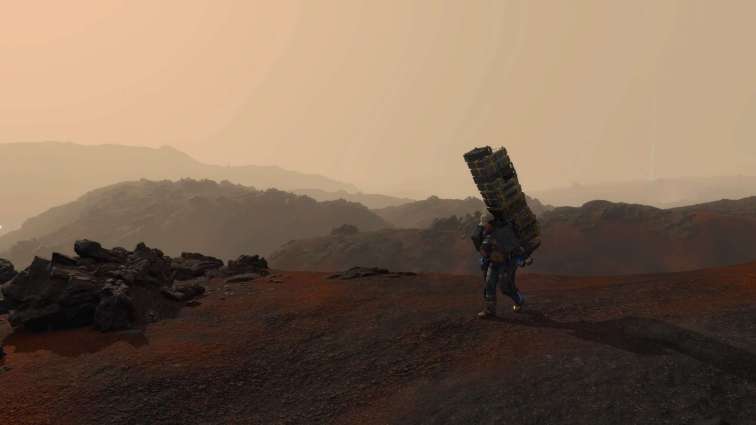
As I continue making my way through Death Stranding at the riveting speed of continental drift, I find that I’m playing it as I play most games: relentlessly ignoring the central storyline.
Instead of making literally any progress towards saving Amelie from Higgs and his crew, I’ve opted to partake in such activities as:
- Delivering pizzas
- Toiling up and subsequently hoverboarding down frigid mountain slopes
- Stealing from dissident FedEx employees
- Relieving myself on holographic mushrooms
- Pretending to be an otter, and sometimes even a rock
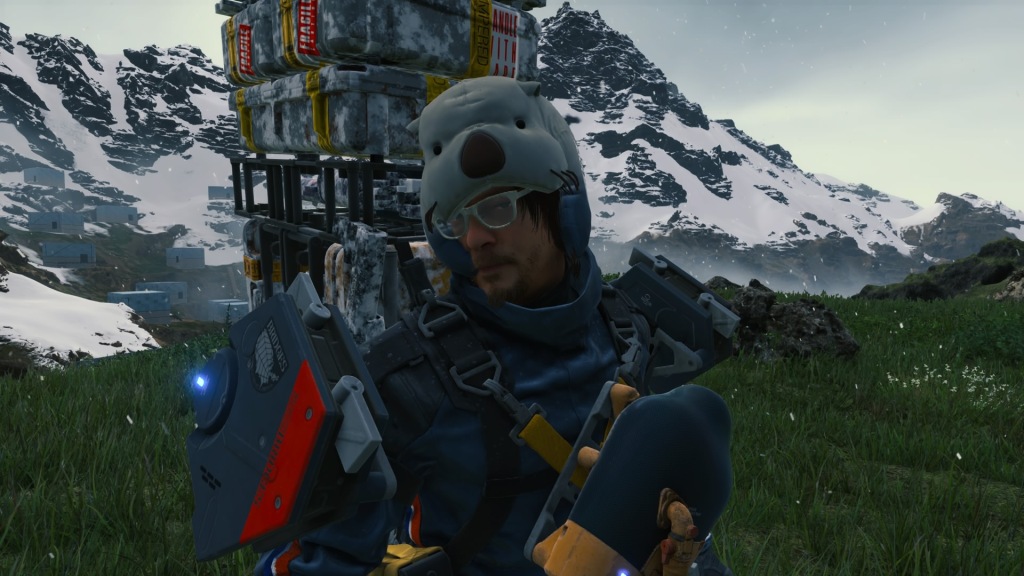
Sure, leaving the fate of Amelie, the country, the world, and whatever else may be hanging in the balance here (something about saving mankind from an upcoming mass extinction event from what I’ve partially spoiled for myself) may seem cold…
…but not as cold as these pizzas are gonna be if nobody delivers them on time, and seeing as how the other porters in the game seem content to carry about 1/100th of their weight, it looks like Sam’s gonna have to do all the heavy lifting:
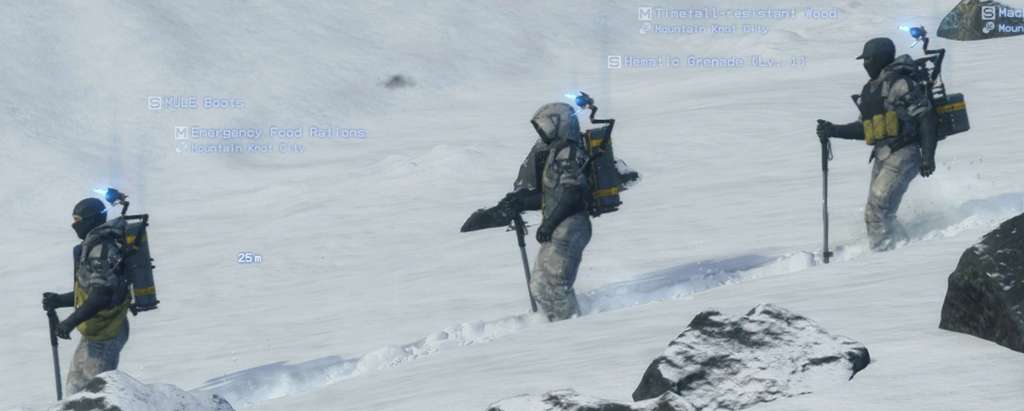
Luckily, delivering pizzas is one of my favorite things to do in Death Stranding.
Pizza deliveries are timed orders, orders that task you with getting the goods from point A to point B not only intact but also, unsurprisingly, on time.
Timed orders are the best of all orders in Death Stranding because they bring out something that I think is very cool about its enemy design. During timed orders, everything about Death Stranding’s enemies begins to make sense.
And when it all begins to make sense, you start to wish all the orders in the game were timed, or at least that the pizza-ordering guy, whose name I forgot in the game that expects me to understand what an “extinction entity” is, would order some more pizzas.
Death Trading
I recently read this wonderful post about Death Stranding’s walking mechanics.
This is one of the only posts (of any type, or videos) I’ve seen that recognizes that Death Stranding creates compelling character-based action gameplay around the concept of walking thanks to its abundance of meaningful interlocking systems that play into and off of one another.
Death Stranding is compelling and not rote, the post suggests, because, like most character-based action games that are compelling and not rote, it’s about thinking through tradeoffs. And then (because it’s a character-based action game that is compelling and not rote) executing your decisions properly.
To wade into even the most innocuous of streams, the post indicates, is to risk being swept away, but it’s also a good way to replenish the canteen you use to recover stamina.
Choosing to bear a few extra packages can net you more S ranks quicker but can deal a debilitating blow to your balance that forces you around, instead of over, steep slopes, especially if Sam has to carry those extra packages by hand.
And while it’s a good way to maximize your haul, holding packages by hand also prevents you from holding your breath, which Sam can do to avoid detection by his enemies but which he also needs at least one free hand for. Holding your breath also drastically reduces your movement speed.
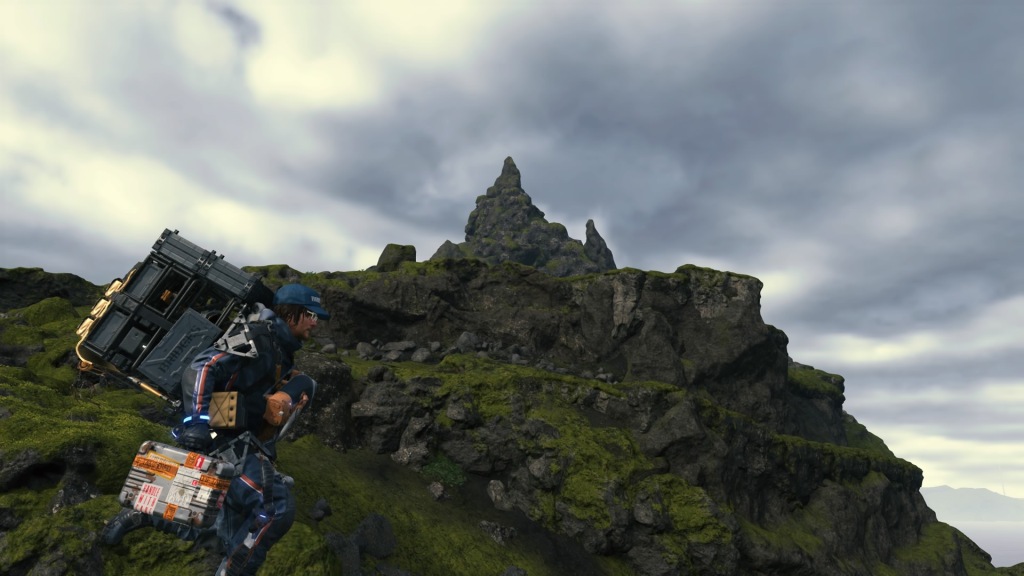
All of that’s just scratching the surface of the many (often brilliant) ways Death Stranding’s systems form a cohesive economy.
There’s a lot of tradeoffs to keep in mind at all times.
Even if Death Stranding is much weirder and more impenetrable than any Metal Gear bar V, the fact that the two come from the same mind doesn’t surprise me. As in Metal Gear, simply moving your character is a tradeoff in Death Stranding, though for obviously different reasons.
Enemy Types in Death Stranding
Speaking of Sam’s enemies, Death Stranding includes two types: MULEs and BTs.
MULEs are couriers turned bandits and — synonymous with “Uh, yeah, I guess?” — are Death Stranding’s answer to the question of “Is it gonna include MGS-style stealth?”
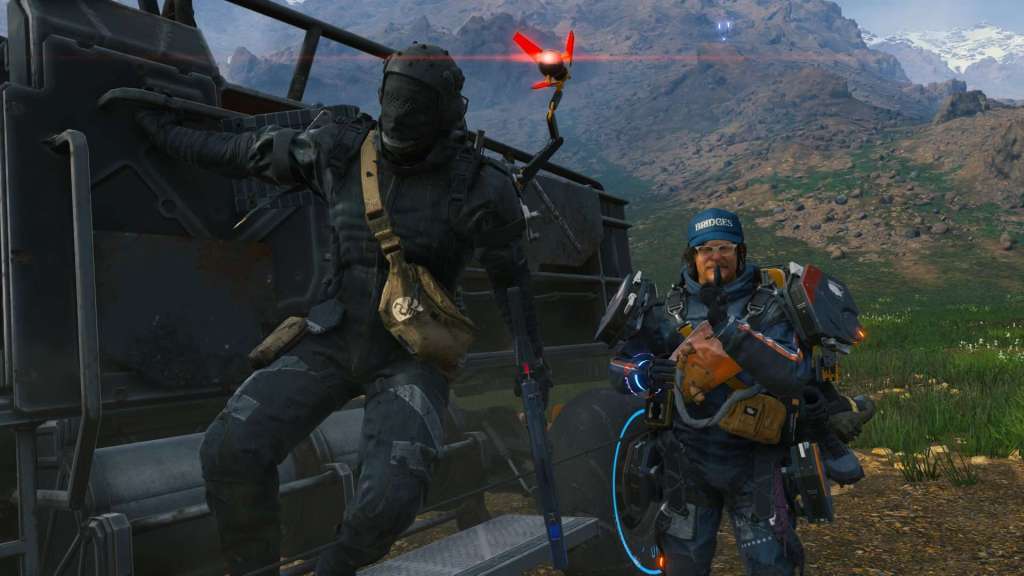
Obsessed with cargo, they’ll do anything in their power to take yours off your hands if you wander into one of their camps — permanently if they have anything to say about it.
Do they have anything to say about it? Well, that depends on your skill. If you play like me? Yes. Yes, they do.
BTs, on the other hand, are invisible ghosts who haunt areas of heavy timefall.

Appearing in swarms, they react to sound and movement, the slightest noise enough to prompt a predatory stalk in your direction, dreadful because (not despite) concealed from sight.
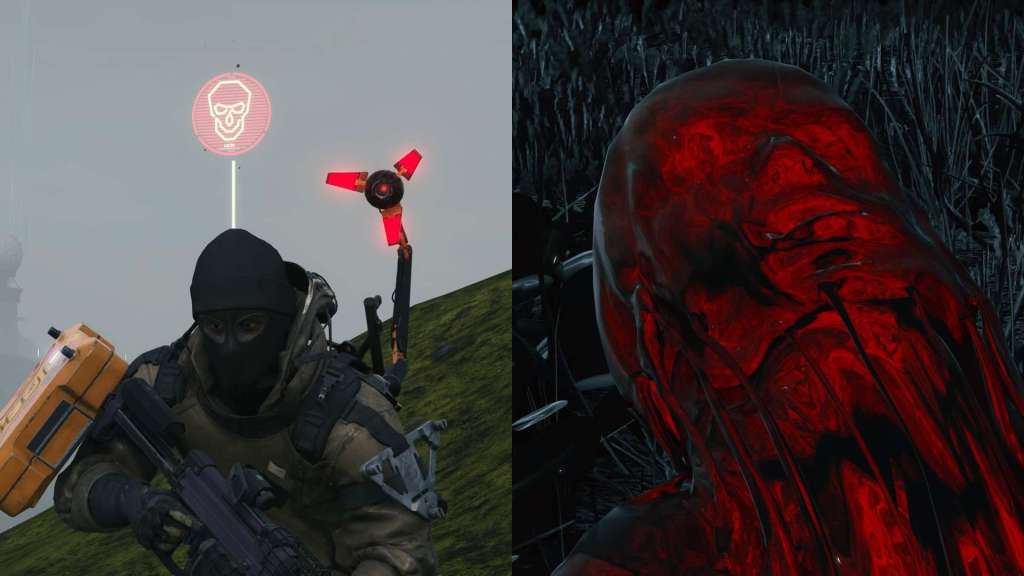
Embodying two different types of horror, both of these foes unnerve to a surprisingly high degree. I’ve been repeatedly astonished by just how frightening it feels to be chased down by MULEs to the blare of sirens backed by the sinister droning baritone of Death Stranding’s alert theme, and to witness the slimy writhing body of the big squid (or is it a dolphin?) BT, which I believe is officially called a catcher.
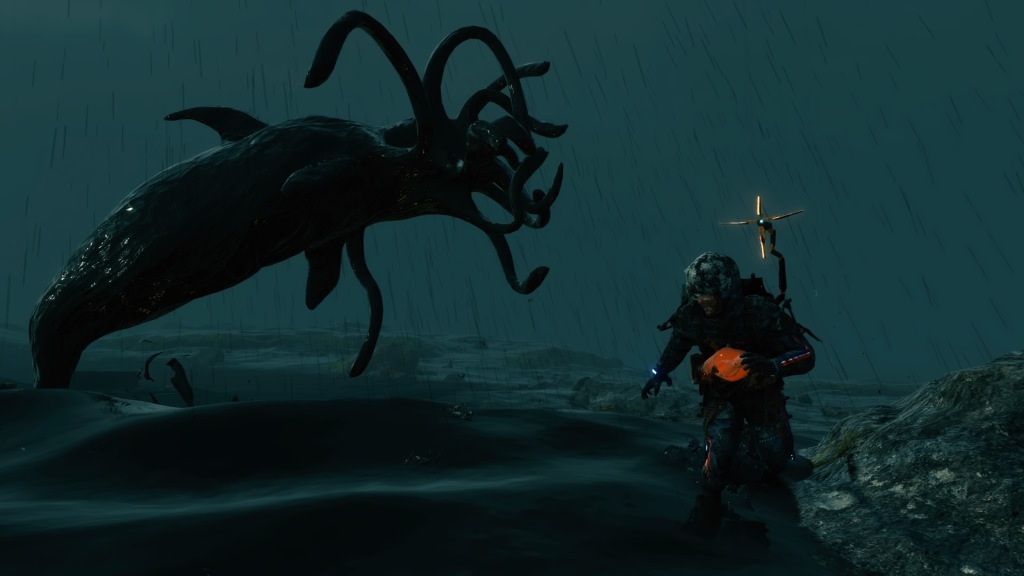
That said, when it comes down to it, MULEs and BTs couldn’t be more different, and despite its consistent mechanical framework throughout, Death Stranding almost feels like a totally different game depending on which of these two adversaries you find yourself interacting with.
Yet according to the logic of the game, you really shouldn’t find yourself interacting with MULEs and BTs all that much. At least not if you’re doing what you’re supposed to be doing (which, if you scroll up near the top, you’ll know I have a bit of a problem accomplishing.)
Frder Oialed
My own inadequacies aside (for now), encountering mules and BTs on your Death Stranding deliveries amounts, as far as the game’s design seems to be concerned, to a fluke.
A failure.
At its most basic, the object of Death Stranding is to get items safely from one location to another, and encountering obstacles along the way — whether they be environmental or human or whatever BTs are — speaks to your failure to plan a safe route to your destination.
Your failure to navigate space.
Death Stranding is a game all about navigating space. It’s a game about walking a lot, about hiking, and, unlike most games about walking a lot and hiking, it actually seems to care about not only that we as people move through space, but also how we as people move through space on a mechanical level.
But Death Stranding is not a game about navigating only space. Another dimension inheres in its gameplay.
Time.
Death Stranding is a game about moving through both space and time.
There’s a reason, after all, why the game thematizes quantum physics and cosmology and astronomy and even astrology (the game opens with a horoscope), all fields that posit a critical connection between space and time (I think).
But to return to its enemies: Death Stranding appears to divide its enemies into two types because one impedes your movement through space and the other poses a problem of time.
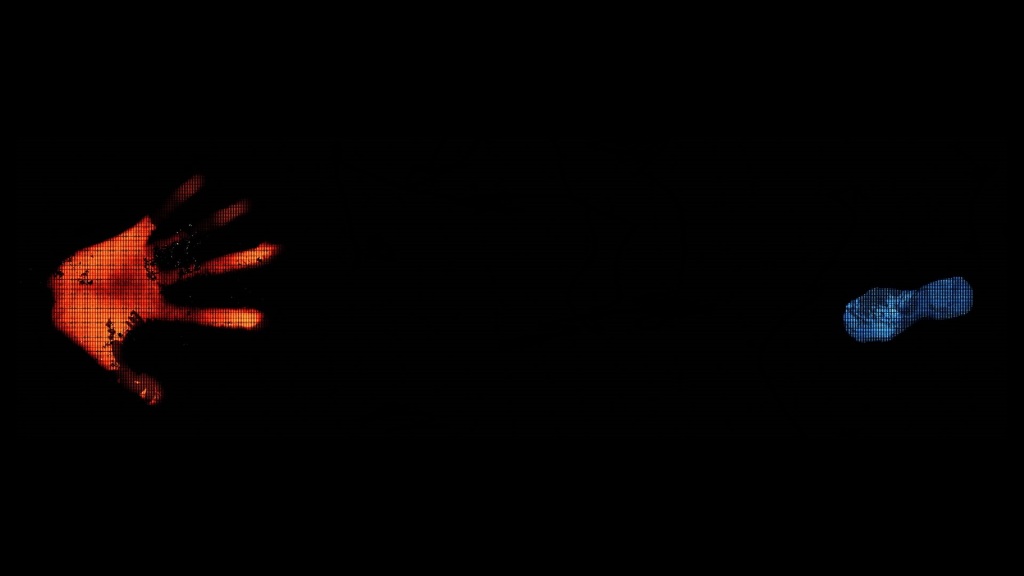
Scrutinize the map on Sam’s cufflink enough, route out enough zigzags across the icy crags and volcanic wastes of Iceland the American midwest, and you’ll realize it sooner or later.
Big orange amoeba blobs with pulsing borders denote mule camps. These pose a problem of space but not time. They’re obstacles in your way, and they’re always in the same place. No matter when you get there, there they are.
A few clicks of a control stick, meanwhile, reveal to you just when timefall showers — and the BTs that come with them — will show. Timefall and BTs pose a problem of time but not space. Unlike mule camps, timefall isn’t fixed to a particular location. (Though I suspect that certain parts of the map are more prone to heavy showers than others, and some parts likely receive none at all). Instead, timefall and BTs come and go with the passage of time. Thus, avoiding timefall means keeping cognizant of not simply where your delivery route takes you, but when it takes you there.
Spacetimed Orders
Yet despite all of this, Death Stranding, like the fields that supply the science to its fiction, envisions an indelible connection between space and time, and the game integrates this connection into its core gameplay by turning space and time into — what else? — a tradeoff.
As you progress further into the game, you begin to take on timed orders, such as pizza deliveries. More so than any of the game’s other orders, like the ones that grade you on total weight or on cargo damage alone, timed orders force you to engage with — and overcome — obstacles of space and impediments of time in conjunction with one another.
Timefall and BTs slow down your travel drastically, so timing your delivery route so as not to run into any becomes more important than ever.
Likewise, slowly and carefully circumnavigating MULE camps turns into a risk that you may not be able to afford to take.
Before you know it, balancing “where is my delivery route going to take me?” with “when is it going to take me there?” turns into an intricate puzzle where space and time serve as opposite but equally crucial pieces.
But timed orders don’t just propound problems of space and time. They take what were once clear spatiotemporal lines in the sand, with MULE camps on one side and timefall and BTs on the other, and blur them.
During a timed order, failure to navigate obstacles of space effectively can result in a problem of time.
Imagine you’re on a timed order and decide to cut through a MULE camp because, though it poses a spatial impediment, it’s a surefire route to get to your destination on time as long as you make it through safely.
You’re zipping through the camp on your bike, stopping neither for the ping of the scanner nor the cacophony of sirens and gunfire that ensues when the MULEs realize they have company, the wind in Sam’s hair as he enthusiastically intones that “this should be on Ride with Norman Reedus. Fuck yeah.” (He can actually say this.)
The borders of the camp, beyond which you’ll be significantly safer, are in sight, and you breathe a sigh of relief even as electric spears stab into the earth around you. You’re home free. There’s no way I can get screwed now, you think.
Then you get screwed now.
Failure in Death Stranding is like that. It comes fast, hits hard, and before you know it, you’ve been zapped, knocked unconscious, and sent just outside the camp’s periphery sans cargo, which now sits snug in a MULE postbox somewhere.
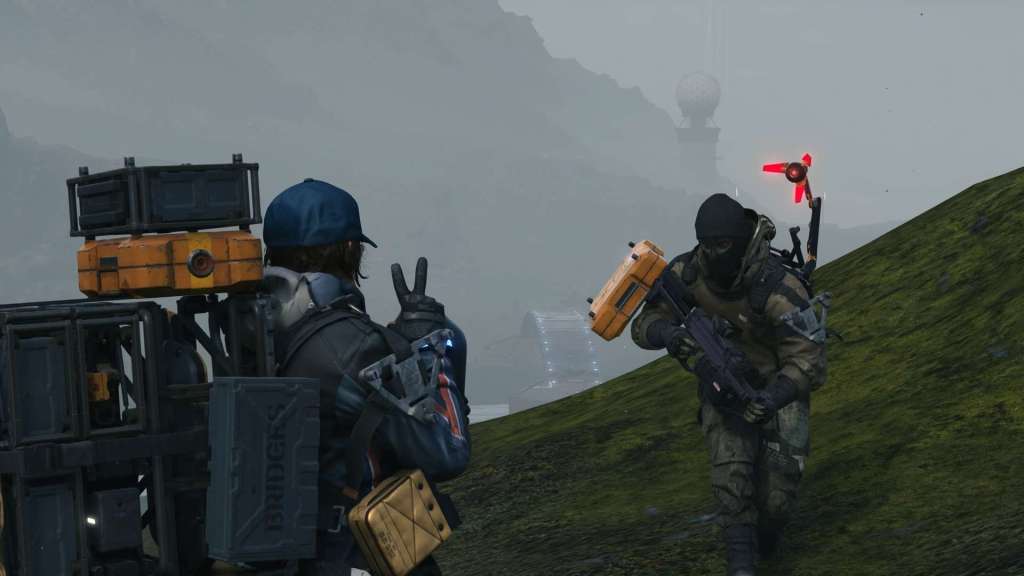
During a normal order, this isn’t too big a deal. Sure, you can kiss your “Legend of Legends” rank goodbye, but all you really need to do is gear back up, sneak back in, wreck shop, and take back what’s yours (to deliver).
During a timed order, however, you’re racing against the clock, which, as if admonishing you for a job terribly done, decides to show up on the side of the screen from time to time to let you know how many minutes you have left.
You may not even be able to afford the short walk to where the MULEs dumped your gear — let alone a trek to the nearest outpost to restock on ammo and supplies.
In this scenario, the camp initially poses a problem of space while eliminating the need to worry about time. As long as you can make it through with your cargo, you’ll get your S rank.
But your failure to contend with that problem of space leads to a problem of time: the order timer’s still ticking, and you have to find your cargo before it’s too late.
Likewise, failure to plan out your route with regard to obstacles of time can lead to a spatial headache for you. Mess up and wander into timefall, and you’ll find yourself having to zigzag through a swarm of BTs, finding the best route through space until the rain dissipates. However, this isn’t necessarily specific to timed orders, and I think the game does force you to go into timefall at certain stages, so it feels less eloquent than the example with MULEs.
Still, in this way, Death Stranding subtly imbues its gameplay with themes of space and time, positing the interconnectedness of the two as you play.
Which is cool, right?
I think so anyway.
Death Stranding is fascinating to me from a narrative standpoint.
Yet as far as Kojima games go, Death Stranding feels like a step backwards from The Phantom Pain and a (somewhat disappointing) step closer to that of a more traditional cutscene-heavy game in its storytelling style, which is why I’ve been more invested in how its gameplay and design, rather than its narrative, communicate a theme or a feeling.
So seeing some of the central ideas behind the game’s narrative and the basis of a large part of its gameplay cohere with one another has lent me much more than a tiny bit of joy as I continue to ignore the story of Death Stranding to S rank as many orders as I can.
Because as strange as it very much is, Death Stranding’s world is one that you begin to understand not only by experiencing its narrative elements — cutscenes, codec calls, emails — but by getting lost in its compelling gameplay as well.
Well, that’s it for now. As always, I’m no expert, so if you notice I got anything wrong here, just let me know in the comments below or on twitter @dra9onsMGS.